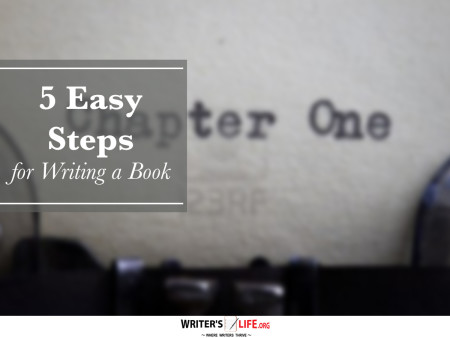- How To Tackle Jealousy In Creative Writing
- Common Submission Mistakes
- How To Stop Your Blog Becoming Boring
- The One Thing Every Successful Writer Has In Common
- How To Make Yourself Aware Of Publishing Scams
- Why Almost ALL Writers Make These Grammar Mistakes At Some Point
- 5 Tips For Authors On How To Deal With Rejection
- Top Mistakes to Avoid When Writing a Novel
- How to Avoid Common New Writer Mistakes
- 10 Mistakes New Fiction Writers Make
How to Pace a Story Without Losing Character Depth

Pacing a story effectively is like walking a tightrope—get it right and you’ll keep your readers turning pages while maintaining depth in your characters. But how do you balance speed with character depth in a narrative that remains both engaging and enriching? Let’s dive into the art of narrative pacing strategies that keep readers hooked, while preserving the vividness of your characters.
Understanding Effective Story Pacing
Effective story pacing involves using the rhythm of your narrative to guide readers effortlessly from page to page. It isn’t simply about making things happen quickly. Instead, it’s about knowing when to slow down and deepen the audience’s connection with your characters. Are you aware of how your scene transitions impact your readers’ emotional journey? Discovering the right pacing can turn a good story into a great one.
A rule of thumb is to allow quieter moments of character development to follow intense action scenes. This provides a breather and enhances character-driven storytelling. Think of pacing as a musical composition—where crescendos and rests are equally important. This balance helps to maintain character depth, making your narrative more impactful.
External benchmarks can guide your pacing. For instance, according to Wikipedia, successful stories often strike a balance between action and the internal development of characters, ensuring that neither is neglected.
Balancing Pace and Depth
Balancing pace and depth requires strategic thinking about where and how to develop your characters without slowing the momentum. It's tempting to linger on a fascinating character, but excessive focus can halt your story's progress. So, how do you weave character depth into fast-paced stories?
Integrate character development into the main plotline. Use dialogue and action to reveal personality traits, backstory, and motivations. This creates a narrative flow where every scene serves multiple purposes. For example, a battle scene could reveal a character's courage or moral dilemmas, enriching depth without sacrificing pace.
Are you facing pacing challenges in writing? Consider alternating between different types of scenes within your chapters—an action-packed chase can be followed by a reflective conversation to build up emotional depth, making your characters more relatable.
Story Pacing Techniques for Vivid Characters
One way to use story pacing techniques effectively while keeping characters vivid is by mapping out your narrative arcs carefully. Plan out scenes where character revelations can naturally occur. Don’t compartmentalize action and development—let them coexist.
Utilize time skips wisely. Time skips can condense mundane periods, allowing for quick progression, but they should be managed to ensure they don’t create gaps in character development. If used strategically, they maintain the momentum without losing complexity.
Explore varied pacing in subplots. By allowing subplots to unfold at different speeds, you maintain reader interest and provide opportunities for fleshing out secondary characters, adding layer and richness to your main narrative.
Pacing Challenges in Writing: Common Pitfalls
Pacing challenges in writing are common, but they can be overcome with practice and precision. What pitfalls should you watch out for? An overly rapid pace can make readers feel disoriented, while a slow, meandering plot might lead to boredom. Both are enemies of reader engagement.
- Identify scenes that drag—are they essential to the character's journey?
- Monitor for unnecessary exposition that doesn’t add value or depth.
- Beware of frequent scene cuts that prevent emotional investment.
The key is to evaluate whether each scene contributes to both plot and character development. If not, consider revision. The objective is not merely to trim but to enhance narrative coherence and emotional pull.
Remember, in balancing your storytelling, pace your narrative to invite readers in and keep them engaged.
FAQs About Pacing a Story
Q: How can I tell if my story is paced correctly?
A: Test with beta readers. Their feedback on flow and engagement can provide insights on pacing effectiveness.
Q: Should all parts of my story be equally paced?
A: Not necessarily. Varying your pacing can keep your narrative dynamic, using slower scenes for depth and faster ones to drive plot.
Q: Can character depth be developed without affecting pace?
A: Yes, integrate character insights through action, dialogue, and setting to maintain flow.
Want to promote your book after it’s published? Check out our Book Marketing Articles.
If you're serious about growing your author career, don't miss out on these free tools and templates built specifically for writers. Access all 7 free resources here.


























